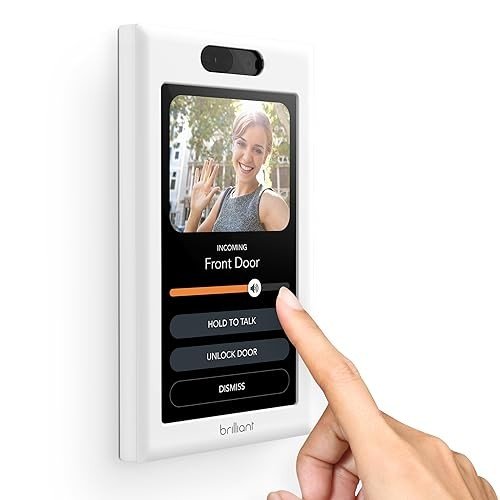17 Reasons To Not Beware Of Traditional Lighting UK
Traditional Lighting in the UK: A Comprehensive Overview
Traditional lighting holds a valued place in the homes and public areas of the United Kingdom. With its capability to stimulate fond memories, charm, and heat, traditional lighting fixtures use not only visual appeal however also useful value. This post digs into the different kinds of traditional lighting common in the UK, their history and evolution, popular styles, and how to include them into modern decoration.
A Historical Perspective on Traditional Lighting
The advancement of lighting in the UK has actually been extensive. From the flickering flames of candles and oil lamps to the advent of gas and electric lights, the journey is as remarkable as it is informing.
Secret Milestones in Lighting History:
- Candles (Before 1800s): The earliest type of synthetic light, utilizing tallow or beeswax.
- Oil Lamps (Late 18th Century): These became popular in homes and theaters, offering brighter illumination than candles.
- Gas Lighting (Early 19th Century): Revolutionized public and street lighting before electrical power took precedence.
- Electric Lighting (Late 19th Century): Marked the transition to modernity, with incandescent bulbs slowly replacing older kinds.
Each of these advancements led the way for traditional lighting, which still includes ancient strategies into contemporary designs.
Kinds Of Traditional Lighting
Traditional lighting can be classified into several distinct types, each with its special qualities.
1. Chandeliers
Chandeliers are frequently the focal point of a room. They are available in different styles, from ornate Victorian styles to easy, rustic designs.
Popular Features:
- Crystal decorations
- Iron structure
- Various bulb types
2. Wall Sconces
Wall sconces supply both artistic flair and soft lighting. They can be utilized in corridors, living spaces, or restrooms, improving the environment of an area.
Common Styles:
- Candle-style sconces
- Brass or iron fixtures
- Vintage-inspired styles
3. Table Lamps
Table lamps embody the adaptability of traditional lighting as they can suit any room. Varying from Buy Bedroom Lighting UK to elaborate pieces, they are perfect for reading nooks, side tables, or desks.
4. Floor Lamps
Similar to table lamps in style and function, floor lamps can produce cozy corners in a home. Vintage designs often include tripod bases or elaborate patterns.
5. Lanterns
Though typically connected with outdoor settings, traditional lanterns can also be used inside for a rustic touch. They can be found in different products consisting of wood and metal.
Incorporating Traditional Lighting into Modern Decor
In a world increasingly leaning towards minimalism and modern styles, traditional lighting still holds its ground. The secret is to preserve a balance. Here are some tips for integrating traditional lighting into a contemporary home:
1. Mix Styles
Integrate traditional lighting with modern furniture to develop an eclectic room. For circumstances, a vintage chandelier can be hung above a sleek table.
2. Usage Dimmer Switches
To control the atmosphere, set up dimmer switches that permit soft lighting, which complements both traditional and modern interiors.
3. Choose for Mixed Materials
Select lighting fixtures that integrate various materials, such as a wooden lamp with a metal or glass base, to bridge the gap between old and brand-new.
4. Highlight Architectural Features
Usage traditional fixtures to highlight special architectural functions in your house. For example, hanging a vintage lantern in a hallway with exposed brick enhances its rustic appeal.
5. Incorporate Natural Elements
Select designs that incorporate natural products such as wood or wrought iron. These components tend to blend well with modern decor while keeping a traditional flair.
Table: Comparison of Traditional Lighting Types
Lighting Type
Description
Typical Materials
Typical Settings
Chandeliers
Decorative ceiling fixtures, typically elaborate
Crystal, metal
Dining-room, ballrooms
Wall Sconces
Installed fixtures that supply ambient light
Brass, iron
Hallways, living spaces
Table Lamps
Portable lamps for tables and desks
Glass, ceramic
Bedrooms, offices
Floor Lamps
Standalone lamps for corner lighting
Wood, metal
Living spaces, dens
Lanterns
Rustic or vintage light sources
Wood, metal
Patios, gardens
Frequently Asked Questions
1. What is traditional lighting?
Response: Traditional lighting refers to light that embody historical or timeless styles, frequently defined by the use of ornate materials, elaborate patterns, and a warm aesthetic.
2. How can I preserve traditional lighting fixtures?
Answer: Regular dusting and occasional deep cleansing are necessary. For fixtures with glass or crystals, use a mild glass cleaner. For metal parts, guarantee you utilize suitable cleaning options that won't harm the finish.
3. Are traditional lighting fixtures energy-efficient?
Answer: Many traditional fixtures can accommodate modern LED bulbs, which use better energy efficiency. Always check compatibility when changing to LED choices.
4. Can I blend traditional lighting with modern style?
Answer: Yes, mixing traditional lighting with modern design can produce a distinctively inviting area. Balance is important; choose complementary styles to keep visual consistency.
5. What is the finest method to choose traditional lighting for my home?
Answer: Consider your home's general style, the function of the space, and individual taste. Take measurements to guarantee suitable sizing and select materials and colors that harmonize with existing design.
Traditional lighting works as a long-lasting link to history, craftsmanship, and aesthetics, showing that timeless designs have their rightful location, even amid developing trends. Comprehending the various kinds of traditional lighting and their application can assist property owners create welcoming areas that reflect both beauty and heat, seamlessly mixing the past with the present.
